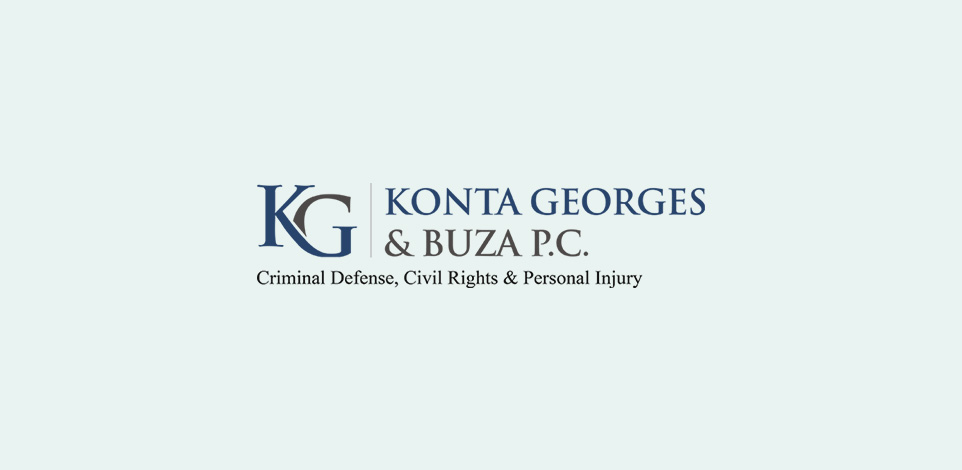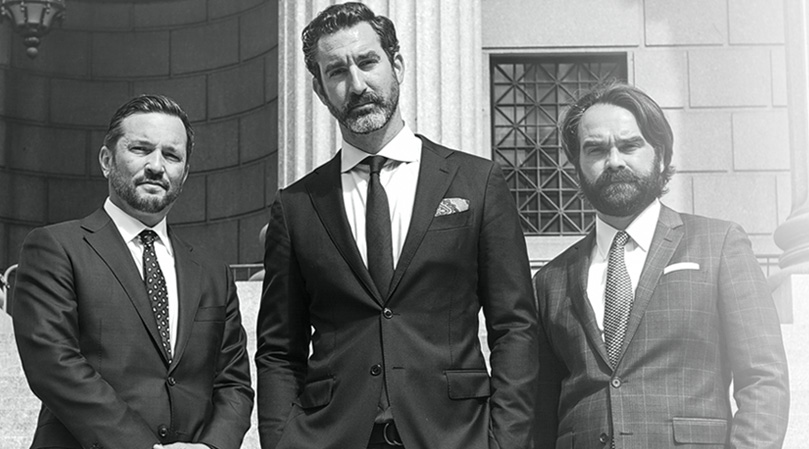What is bail in New York and how does it work?

In any jurisdiction in the United States, a person who is accused of a crime is presumed innocent unless and until his guilt is proven beyond a reasonable doubt as to each element of every crime charged in either an indictment or other accusatory instrument. It stands to reason that if a person is presumed innocent while they “fight the case” it would be incredibly unfair and inconsistent with that presumption of innocence to have the person incarcerated before they have even been convicted. On the other hand, if a person is charged with a very serious crime that could lead them to spend a significant portion of their life in jail and if the case is strong, the person may have a strong incentive to flee. The concept of bail exists as a compromise between the ideals of our justice system and the reality that free people don’t like losing their freedom.
The topic of bail is very confusing for a lot of people. Some are under the mistaken impression that bail is more like a fine in which a person who is arrested pays the bail and then the case is over. Nothing could be further from the truth. In reality bail is a financial incentive issued by a judge to give you the incentive to go to court while the case against you is litigated. Bail can come in many forms. It can be in cash or bond. A judge could even release you outright with no cash or bond requirement. Lastly, if the case is serious enough, the judge could order you held in jail during litigation.
In New York City, it is the judge who sets bail. It is not the police or some other official. And the issue of bail is litigated in court, usually at the arraignment. New York’s statute regarding bail is Criminal Procedure Law Section 510.30. The statute basically says that when considering bail, a judge must look at certain factors regarding the defendant and the case. They are: (i) the defendant’s character, reputation, habits and mental condition; (ii) his employment and financial resources; (iii) his family ties and the length of his residence, if any, in the community; (iv) his criminal record, if any; (v) any record of juvenile adjudications; (vi) his previous ability to show up to court in older cases; (vii) whether its a domestic violence case (special rules apply); (viii) the strength of the case (or appeal); and (ix) and the amount of jail time the person is facing.
At a bail hearing, it is common to hear both the prosecutor and the defense attorney make arguments with regard to these nine factors. They are all considered equally important. After hearing the argument, the judge analyzes these facts and comes up with an appropriate amount of bail that is required to ensure the person shows up to court. Then the person is incarcerated until someone posts the bail. Once bail is posted, the person is let out. However, if they fail to show up to Court, the bail is forfeited (meaning its taken by the court and never returned). Once the case is over, the bail is exonerated (meaning it is given back).
So that’s basically how it works in a nutshell. Here are some ancillary points though. In New York, there is no preventive detention. Meaning that a judge cannot consider whether you are violent or a danger to the community in considering what bail is appropriate. A judge can however set higher bail if you appear violent because a violent person could theoretically get more jail time than a non-violent person, thus affecting point (ix) listed above. However, a judge can’t directly set bail because of that factor alone. In really serious cases with a life sentence possibility (such as murder), a judge is likely to determine that no amount of bail can secure your presence. Therefore, they will “remand” you. This means that the judge is ordering that you be held in custody during the pendency of the case. A judge could also set bail on a witness in a case if the witness is material to the case and the person’s attendance might not be secured by subpoena alone.
The issue of bail is particularly important not only because your freedom is at stake while the case is going on, but cases tend to be resolved in ways that are consistent with whether you are in jail during the litigation. What this means is a person who is out on bail is more likely going to get a non-incarceratory sentence than a person who is in jail. If you are in jail during the case, your sentence is more likely to be more jail time. It is therefore absolutely critical that you contact an experienced New York criminal defense attorney if you or a loved one have a pending arraignment or are currently incarcerated as either a defendant or a witness in a case. The call could be the difference between being in jail while the case plays out or being free (hopefully forever).

Request Your Free Consultation
Fields Marked With An “ * ” Are Required
"*" indicates required fields
The Woolworth Building
233 Broadway
Suite 701
New York, NY 10279

